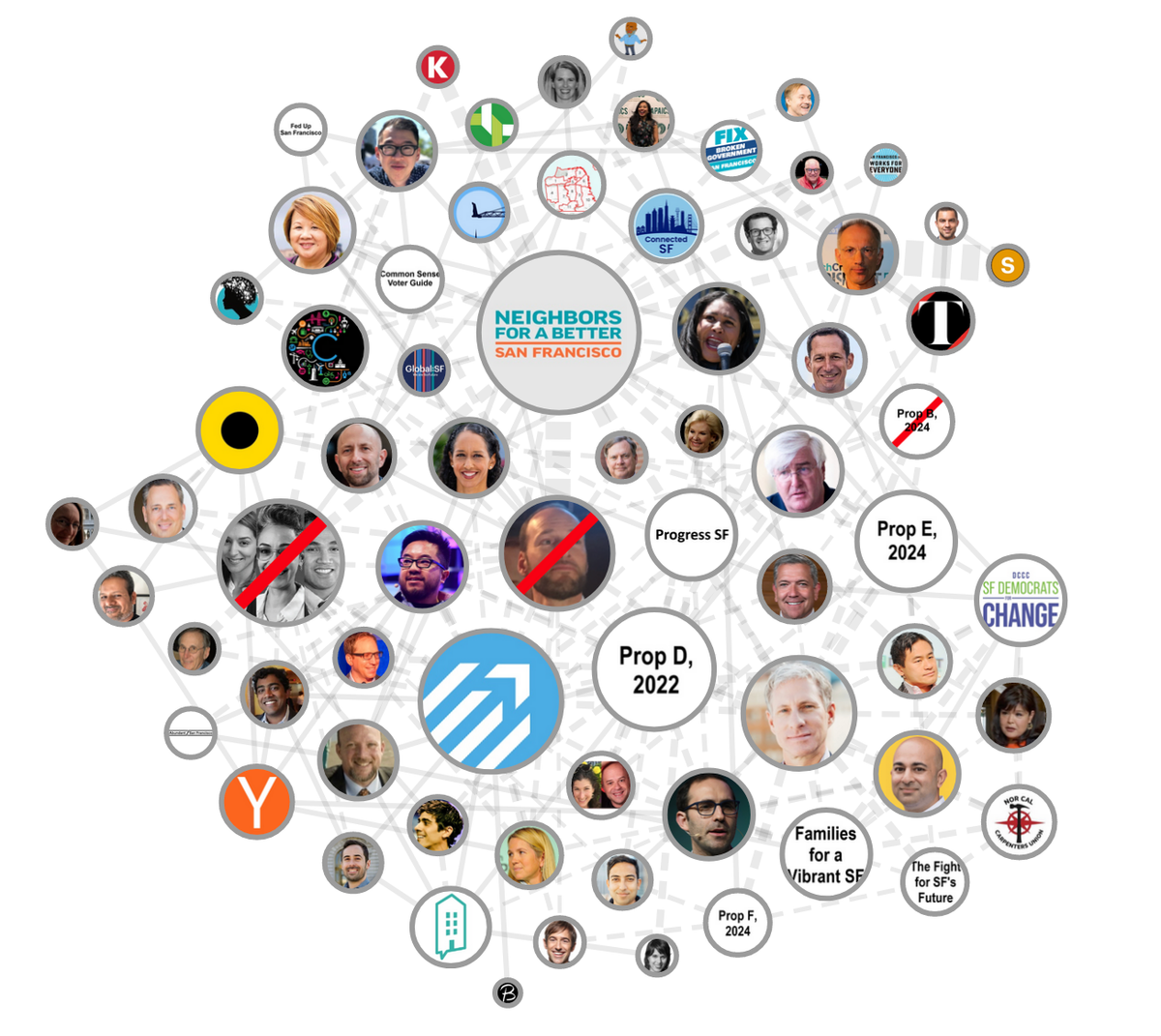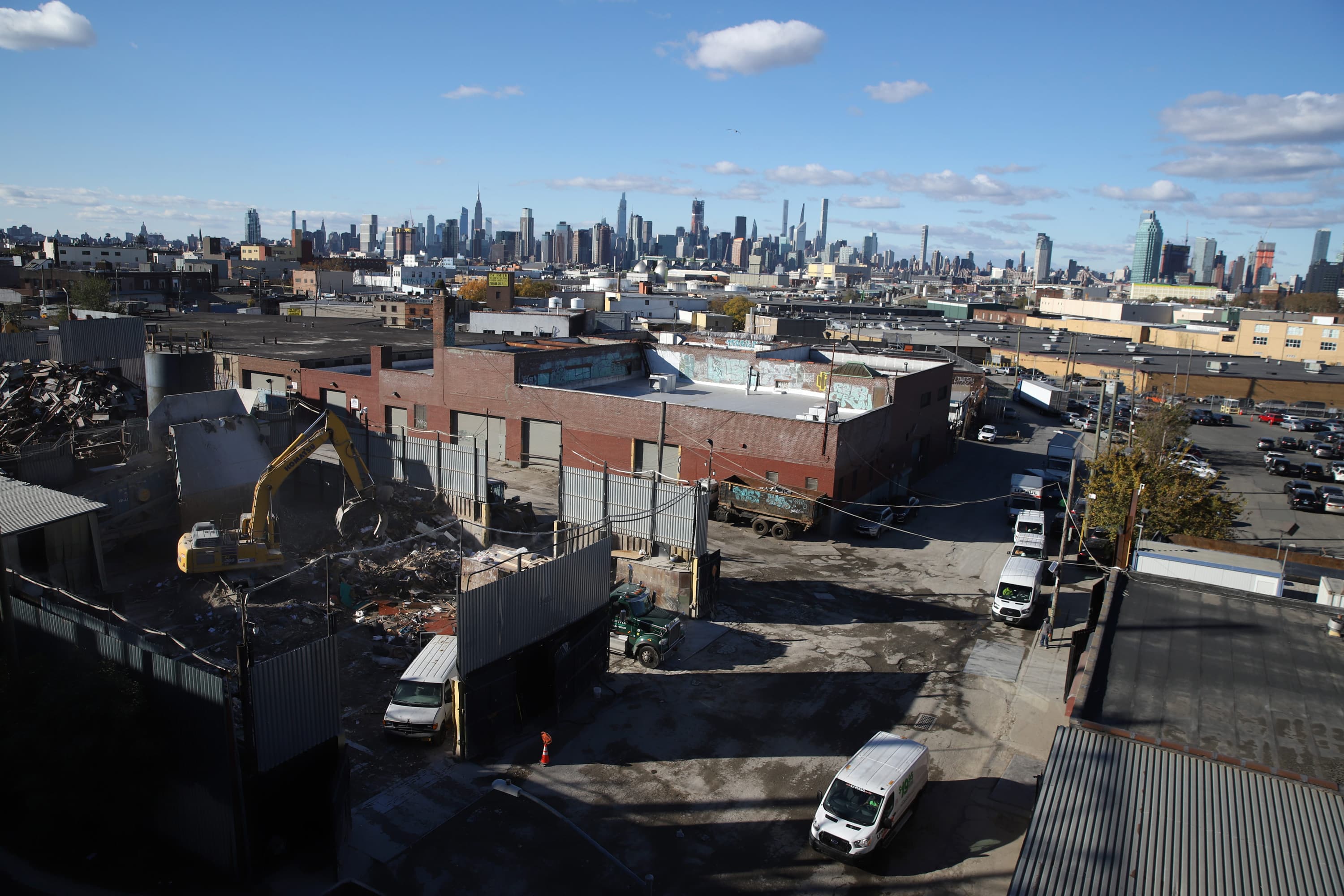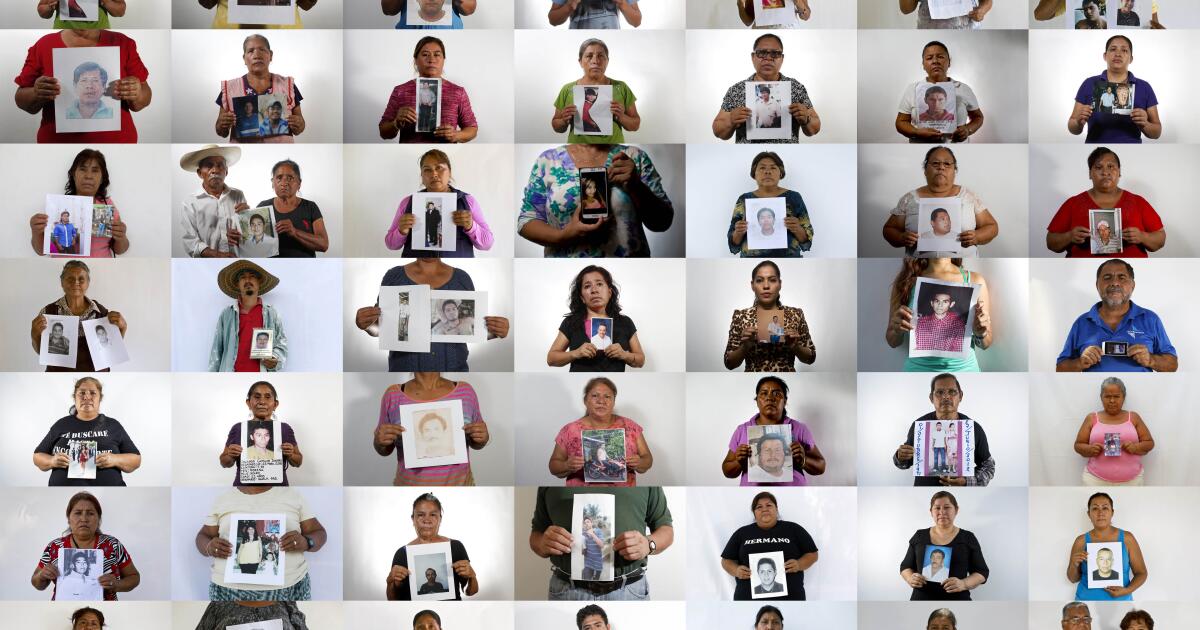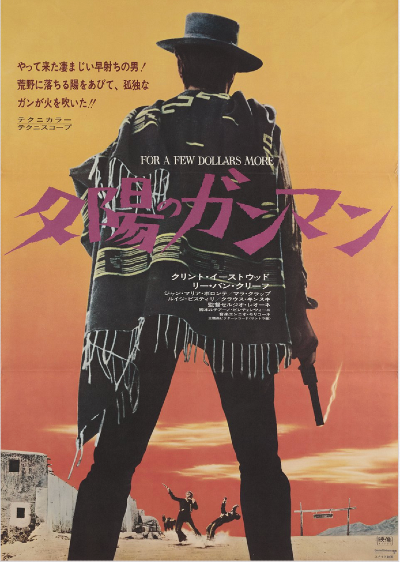February 17 update: tech billionaires bankroll right wing 'gray money' network; Israeli limits & espionage; North Brooklyn's eternal brownfields; Mexico disappears its desparacidos

For those who know me, political reporting is something that is typically far from my realm of interest. It's tremendously important for any democratic society, but so much oxygen gets wasted on the contemporary American blend of horse race coverage (Who's leading? Who's behind?), insider baseball and shallow shiny dime coverage that far more astute observers like Dan Froomkin, Jay Rosen and Margaret Sullivan have written about with considerable verve.
Though I like to run away from the pack, the basics of covering political influence are the same as any sort of investigative reporting on institutions: follow the money, see who wants what in exchange for those funds (thanks, Lowell). Since the San Francisco school board and district attorney recalls a few years back, there's been a lot of incidental reporting about a very new and emergent 'moderate' (read 'reactionary') faction in SF politics with considerable cachet and financial backing from tech and crypto billionaires, as well as the city's traditional real estate and financial elite (Haas, Pritzker, Fisher, etc).
Last fall, I started digging into a number of these entities, which clearly had interlocking goals, personnel, and even blended contributions. So did my colleagues over at Mission Local, a very solid local outlet in the eponymous neighborhood. The result is below, a collaborative investigation into a "gray money" network of 501(c)(3) and 501(c)(4) groups that help mask millions of dollars pouring into upcoming races for the SF Board of Supervisors, superior court judges and a number of ballot propositions. Though this particular network (Grow SF, Neighbors SF, Together SF are the central components), billionaires like Michael Moritz (Sequoia Capital), Garry Tan (Palantir--> Y Combinator), Chris Larsen (cryptocurrency exchange Ripple), David Sacks (PayPal) and others have created an astroturf political movement to rid the city of the same political class who Tan told to "die slow" last month, prompting death threats to three of those elected officials and a pathetic excuse that Tan was just quoting TuPac Shakur lyrics.
Predictably, since it was dead on the money, there was much caterwauling from SF's techies (who all declined to comment) about the piece and their in-house press, which journalist Gil Duran documented nicely. Gil also put out his own examination this week of the ideologies that drive this emergent libertarian plutocracy, which also wants to build its own city from scratch in the middle of the Sacramento River Delta with the saddest name a city has ever seen this side of Philadelphia.
The article is below, as is a link to Will Jarrett's fantastic interactive graphic that allows you to trace out the money flows insofar as we were able to - from the documentation we were able to amass during this reporting, it's clear there is about $26 million in assets for these various groups, of which $16 million cannot be connected back to specific donors because the funds passed through a dark money group. Thanks, Citizens United!


But enough about me. Here's the rest
BLEEDING EDGE JOURNALISM
-Poor North Brooklyn: not only does it have some of the most intensive gentrification in the Five Boroughs, but it also has two of the region's nastiest superfund sites that were home to some of the city's largest industrial sectors for at least a century: the legendary Gowanus Canal, which tops out with alarming frequency and is apparently emitting toxic gases into nearby homes and businesses, and Newton Creek, which divides Greenpoint and Williamsburg from Long Island City and Maspeth. Newton was long home to a couple refineries, steel workshops and petrochemical businesses. When I was growing up, this area was heavily industrial. Now, like much of Western Long Island (yes, Brooklyn and Queens, that's inescapable), spiraling land values and real estate speculation mean tens of thousands more people are living directly on these sites and dealing with the toxic. The City took an in-depth look at the Meeker Avenue Plume, one particular sector of the Newton Creek zone that hasn't been as well documented as Gowanus.

-Punitive responses to the ongoing Israeli genocide in Gaza have been few and far between, with the exception of sanctions imposed by the United States and a few European nations on a handful of Jewish settlers involved in murderous violence against Palestinians in the West Bank. +972 Magazine, the shining example of independent Israeli/Palestinian collaborative journalism that broke news of the IOF's 'artificial intelligence' targeting system back in November, had a terrific article this week documenting Israeli surveillance of communications between the Palestinian Authority and American diplomats about attacks by West Bank settlers. The purpose of this collection is NOT to punish the settlers for murder, assault, theft or any other offense: rather, the Israelis want to spread disinformation and counter-messaging to thwart the existing sanctions and head off any future actions. Someone want to tell them they lost the PR war a long time ago - and apparently risk losing a real war if they decide to go head-to-head with Hezbollah as well, per their own assessment?

-More than a hundred thousand people have officially been declared 'missing' by the Mexican government since it declared war on drug cartels in 2006. The country's low-grade civil war, for lack of a better term, has had catastrophic consequences and continues to hold back a society with so much vibrancy, creativity and promise. And of course, the Mexican political class is deeply complicit in perpetuating this state of affairs. When not taking bribes from cartels or running them outright, officials engage in denial and spectacular revisionism. In the case of President Andrés Manuel López Obrador, who goes to the polls in June to seek another term in office, the current tactic to deal with inconvenient facts is to erase them altogether. Patrick J. McDonnell and Cecilia Sánchez Vidal of the Los Angeles Times went long into official efforts to remove missing people from the official government registry, causing further trauma to their families and obscuring the extent of the problem: some experts argue that exponentially more people may be missing than the 100,000 tallied up by officials.

BOOK OF THE WEEK
I initially had another title in mind for this item, but any discussion of Mexico's desparacidos inevitably brings to mind a massive section of Roberto Bolaño's 2666, published posthumously in 2009. Though Bolaño was Chilean, he lived in Mexico for significant portions of his life. As with Chile's own domestic turmoil, Mexico's social dynamics rubbed off on him in a major way.

This 900+ page tome is, like much of the author's other works, a semi-autobiographical account of the search for a writer in exile. Part of the backdrop of that search is the disappearance of an untold number of women in the maquiladora zones that rapidly expanded in Juarez and other border cities following the 1992 passage of the North American Free Trade Act. The section is a couple hundred pages, and does not let up for a word.
FILM
Years back, a few friends and I developed a tradition for the dead of February, when you could still consistently expect a month of near or below-freezing weather and substantial snowfall. We'd take the subway down to Film Forum or IFC and indulge in whatever spaghetti Western would be playing.

The desert landscapes, washed-out cinematography and Ennio Morricone's psychotic soundtracks transported us straight out of our seats and across North America to warmer, drier climes and the mayhem of the gritty re-imagining of frontier mythology that took place in the 1960s and 1970s. There are plenty of brilliant movies to pick from, but not much tops Sergio Leone's For a Few Dollars More, with bounty hunters Clint Eastwood and Lee Van Cleef hunting bankrobber El Indio (Gian Maria Volonté) and his gang. Pure escapism, and well worth it on a sub-zero evening.

MUSIC
It's late winter, the days are still short - though they're getting longer - and in general this is a good time to get work done, rest and make plans for the Spring. The quality of light in the winter is also phenomenal, and it's something about the combination of calm, quiet, and clear light that brought me back to Autechre, an excellent ambient duo I started listening to in high school. Someone once described it as music that architects on acid would make - and while I think that's a bit over the top, there's some truth to it. The group has been around for over thirty years and have a hell of a back catalogue, but little tops 1994's Amber.






